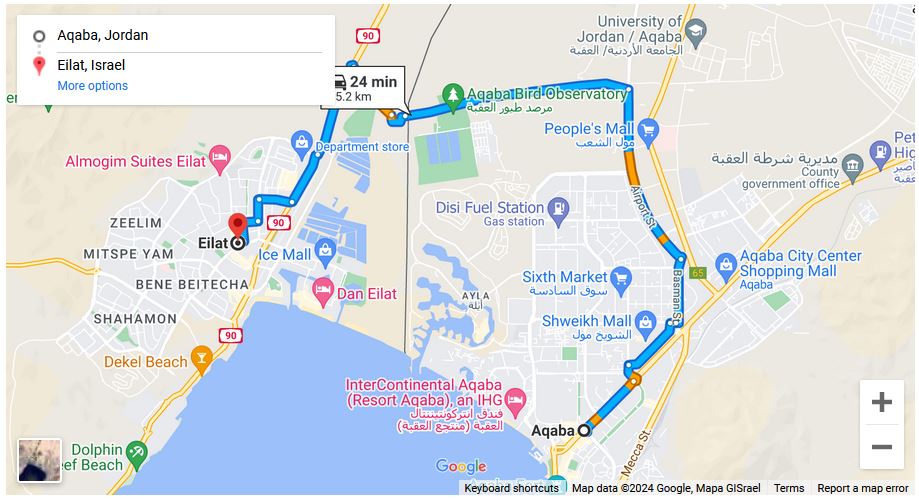Crossing the border from Jordan into Israel, specifically from Aqaba to Eilat, is a journey marked by both practicalities and symbolism, reflecting the complex geopolitical landscape of the Middle East. This border crossing, situated at the southern tip of the two countries, is a vital link between the two nations, facilitating trade, tourism, and diplomatic relations while also serving as a tangible reminder of the historic and ongoing conflicts in the region.
Departing from Aqaba, travelers make their way to the border crossing, which is located just a short distance from the city center. The journey offers stunning views of the Red Sea and the surrounding mountains, providing a picturesque backdrop for the transition from Jordan to Israel.
Upon reaching the border crossing, travelers must navigate the bureaucratic procedures and security checks required for crossing international borders. Passport control, customs inspections, and visa requirements are standard procedures, with officials from both Jordan and Israel overseeing the process to ensure compliance with national regulations and security protocols.
For many travelers, crossing the border from Jordan into Israel is a symbolic journey, representing a bridge between different cultures, religions, and political ideologies. The border crossing serves as a tangible reminder of the complex history and ongoing conflicts in the region, including the Israeli-Palestinian conflict and the broader tensions between Israel and its Arab neighbors.
Despite the political complexities, the border crossing also serves as a gateway to new opportunities and experiences for travelers. Eilat, the Israeli city located on the shores of the Red Sea, is a popular destination for tourists seeking sun, sea, and relaxation. Known for its pristine beaches, vibrant nightlife, and world-class diving and snorkeling sites, Eilat offers a stark contrast to the desert landscapes of Jordan, providing travelers with a unique and diverse range of experiences.
In addition to its recreational attractions, Eilat is also a hub for trade and commerce, with its strategic location at the crossroads of Africa, Asia, and Europe making it a vital transit point for goods and services moving between East and West. The border crossing facilitates the flow of goods and people between Jordan and Israel, supporting economic development and regional cooperation in the process.
Crossing the border from Jordan into Israel is also a deeply personal experience for many travelers, especially those with family connections or religious affiliations in both countries. The border crossing serves as a reunion point for separated families, a pilgrimage site for religious believers, and a meeting place for friends and loved ones separated by political boundaries.
Despite the challenges and complexities of crossing the border from Jordan into Israel, the journey also offers a sense of hope and possibility for the future. As travelers make their way from Aqaba to Eilat, they are reminded of the resilience and adaptability of the human spirit, as well as the potential for peace, cooperation, and understanding in a region often defined by conflict and division.
In conclusion, crossing the border from Jordan into Israel, from Aqaba to Eilat, is a journey marked by practicalities and symbolism, reflecting the complex geopolitical landscape of the Middle East. While the border crossing represents a tangible divide between different nations and peoples, it also serves as a bridge between cultures, religions, and ideologies, offering travelers the opportunity to explore new horizons and forge connections in an ever-changing world.



